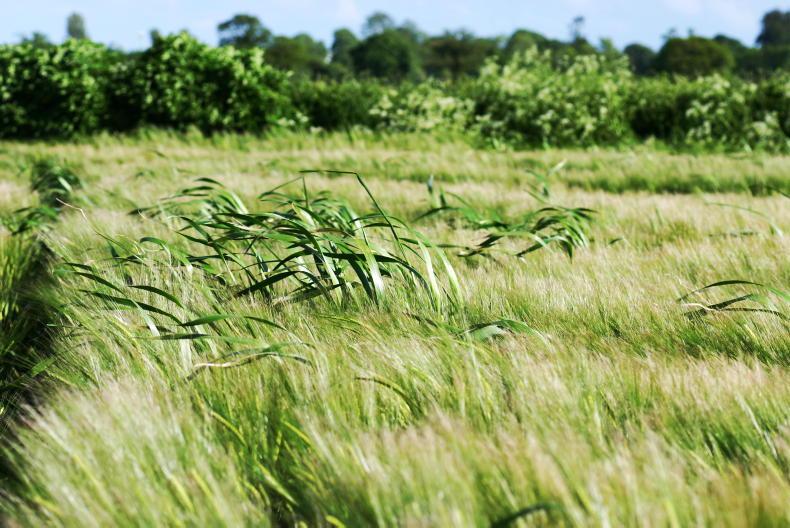Torrential rain on Sunday night and into Monday has put the nail in the coffin of any hopes of a resumption of grazing on heavy land this week.
It’s a nightmarish situation for farmers on heavy land, most of whom have very little grazing done so far this spring.
Costs are mounting, production is back, workload is high, silage is running out and there’s no end in sight as the weather forecast is mixed for the coming week.
That’s the reality of the situation facing farmers. Some perspective is also required though. We are now at the end of March and the situation, bad as it is will change soon. I wouldn’t worry about the future, just focus on getting through today.
That boils down to making sure cows are well fed and have a dry and clean lie. I’ve yet to meet a farmer that likes scraping cubicles but it’s a job that has to be done and cubicles for milking cows should be scraped and limed twice per day.
Silage supplies
Running short of silage is a bigger problem for farmers and judging by the amount of silage moving around the country, many farmers are tight.
The only positive is that at least silage is available, or at least available in most places. I’m told supplies are very tight in the south west and silage is being moved in to this area from outside.
Buying in round bale silage is a bit of a gamble in terms of the quality of the feed. There is a lot of silage made from old meadows and the quality of this will be poor if fed to milking cows.
Therefore, on farms where silage is likely to run out, prioritise whatever homemade silage is left for milkers (at least you know the quality of this silage) and feed bought in silage to dry cows and other stock.
If meal can be bought for say €300/t for a very basic three-way mix or a fodder-stretcher that equates to €330/t on a dry matter basis or 33c/kg DM.
Silage quality
If round bale silage is costing €50/bale and presuming there is 200kg DM in a bale, then the silage is costing 25c/kg DM. The weight and dry matter of the silage is variable so keep this in mind when comparing prices.
If silage is available to purchase, it’ll probably work out cheaper than meal on a cost per kilo dry matter basis but on a cost per kilo of energy basis the meal could be better value if the silage quality is poor.
However, if meal is being fed it can only be used as a supplement to silage and not instead of silage. The very most that can be fed to stretch silage is probably up to 50% of the diet on a dry matter basis.
Fodder stretcher rations should contain high fibre feeds such as pulps and hulls and should be fed instead of high starch feeds like cereals.










SHARING OPTIONS